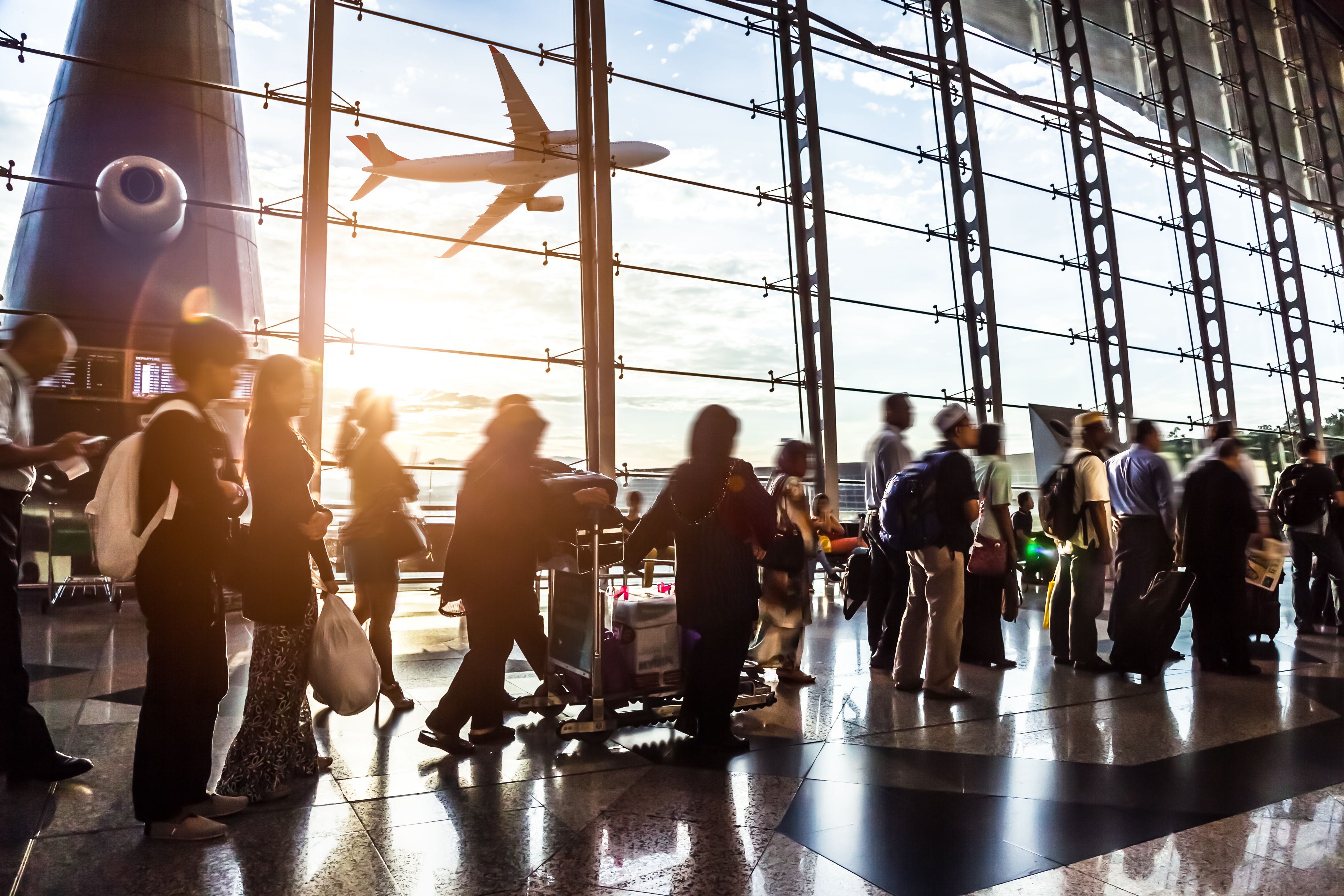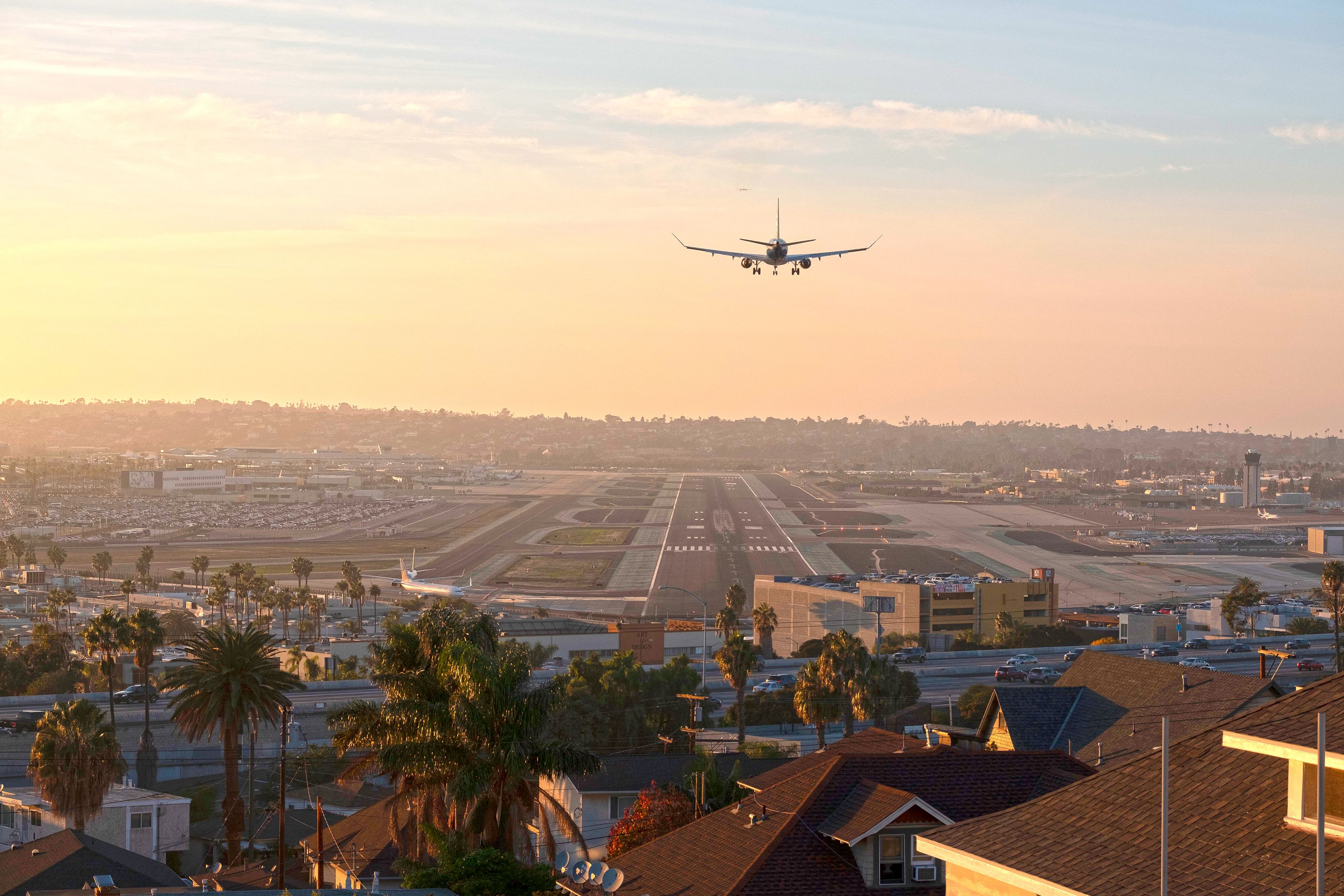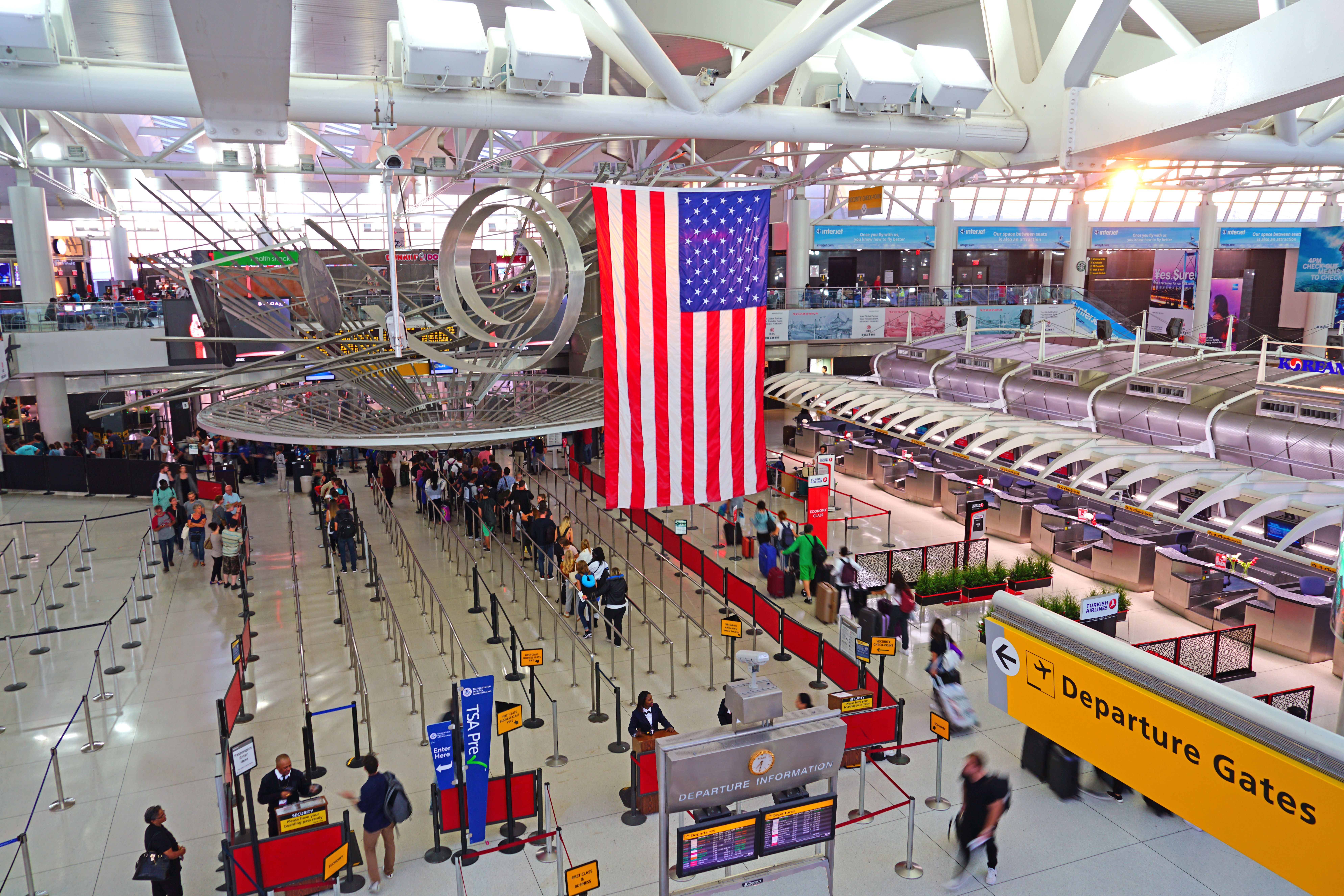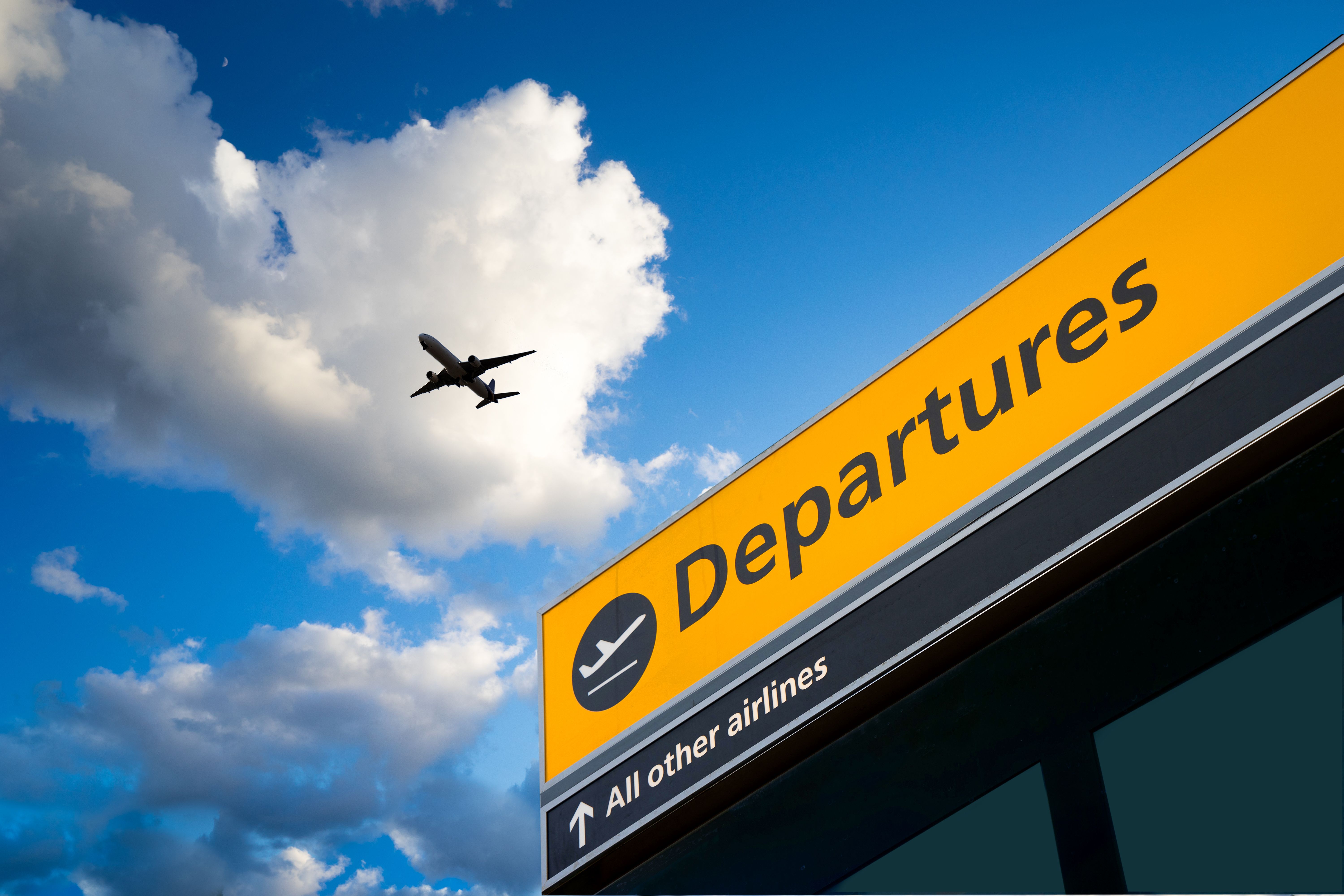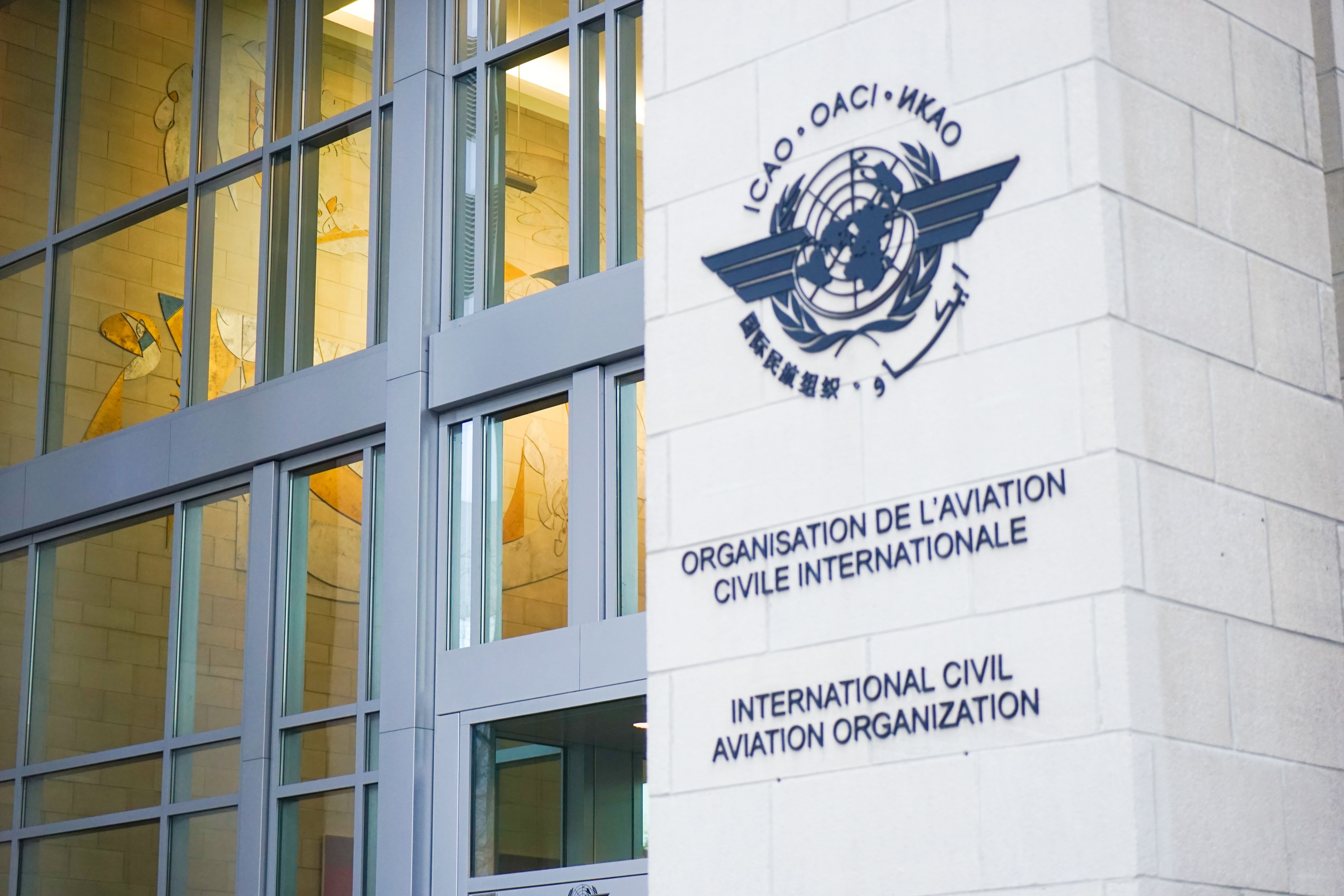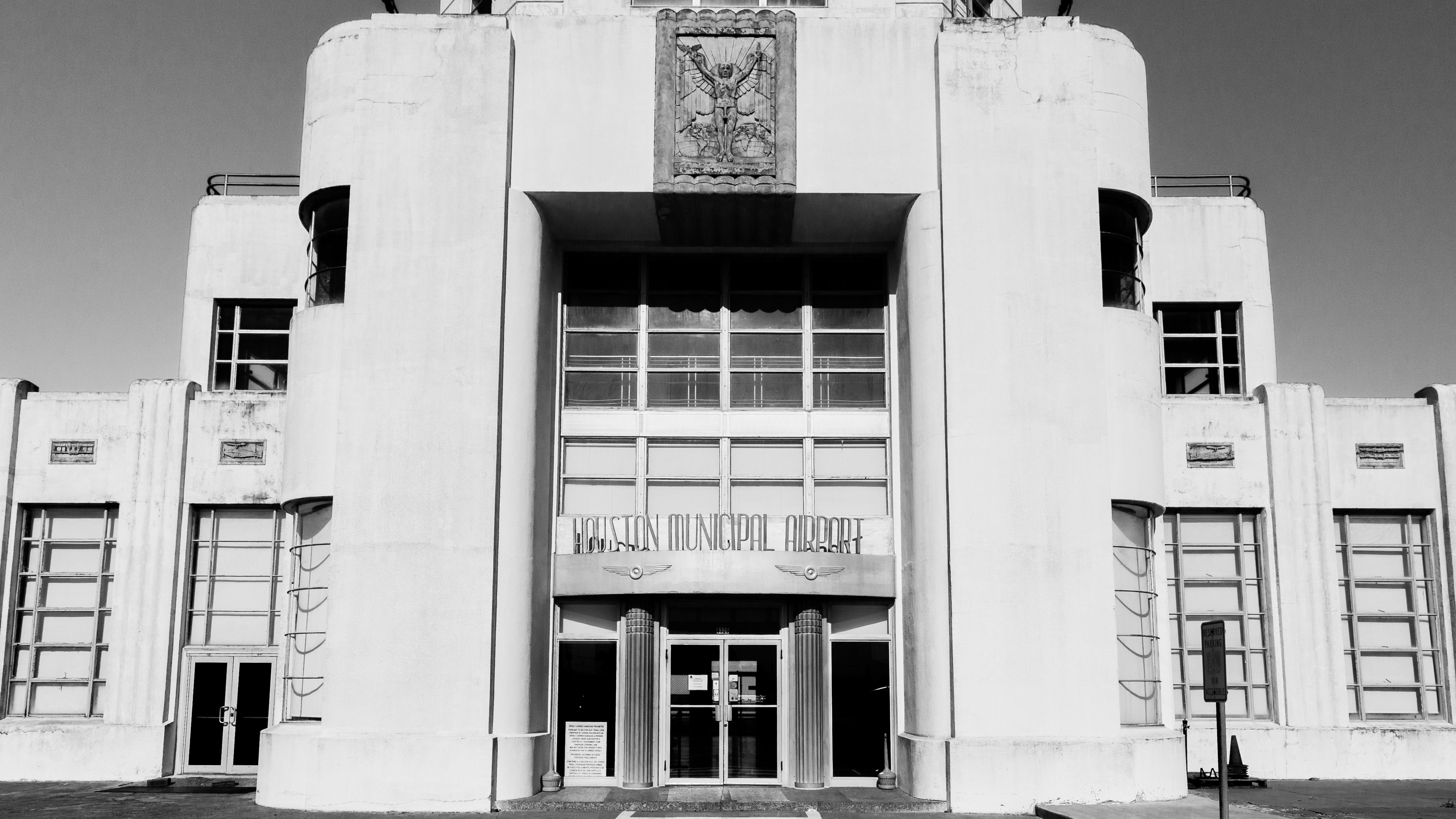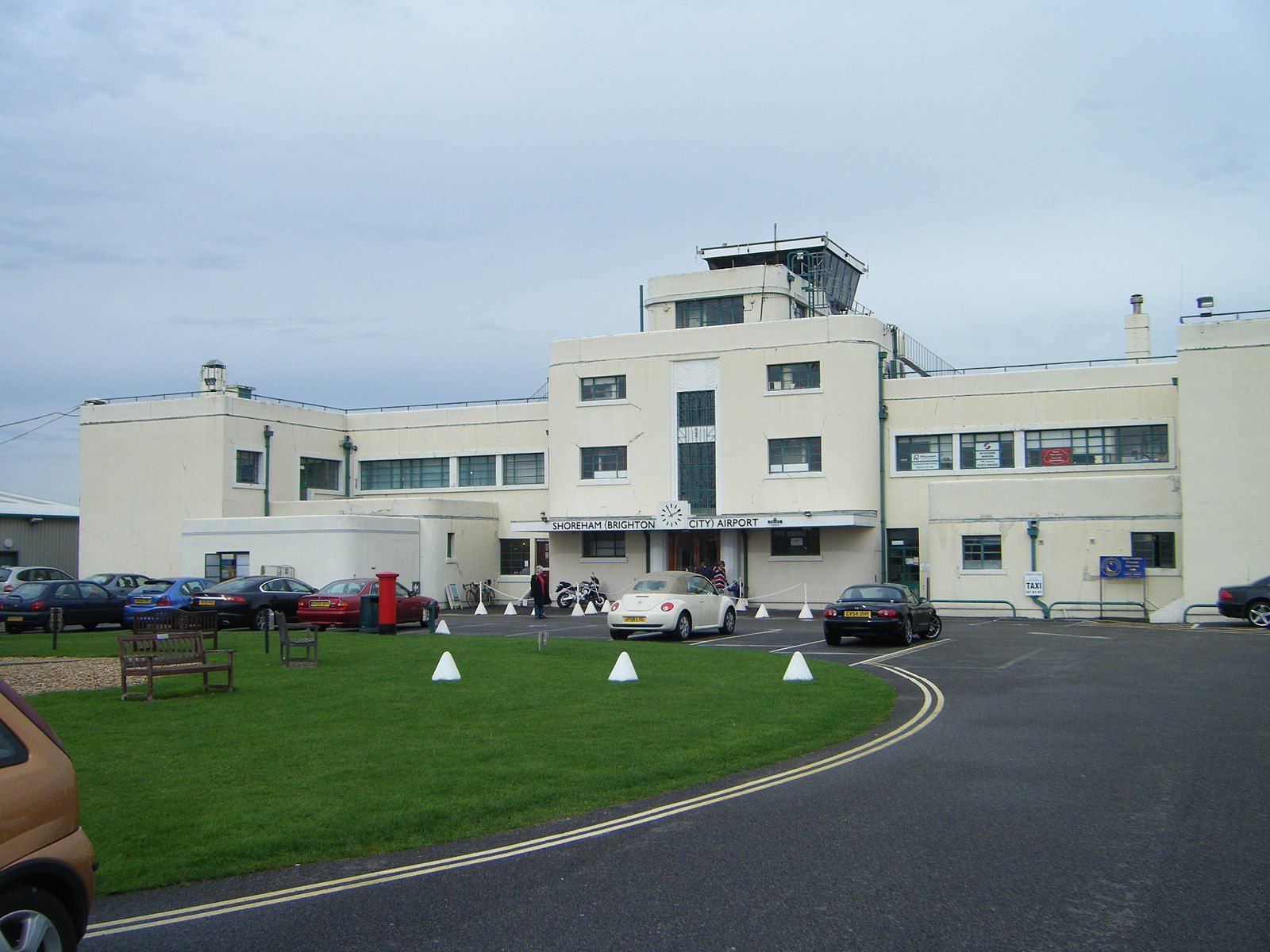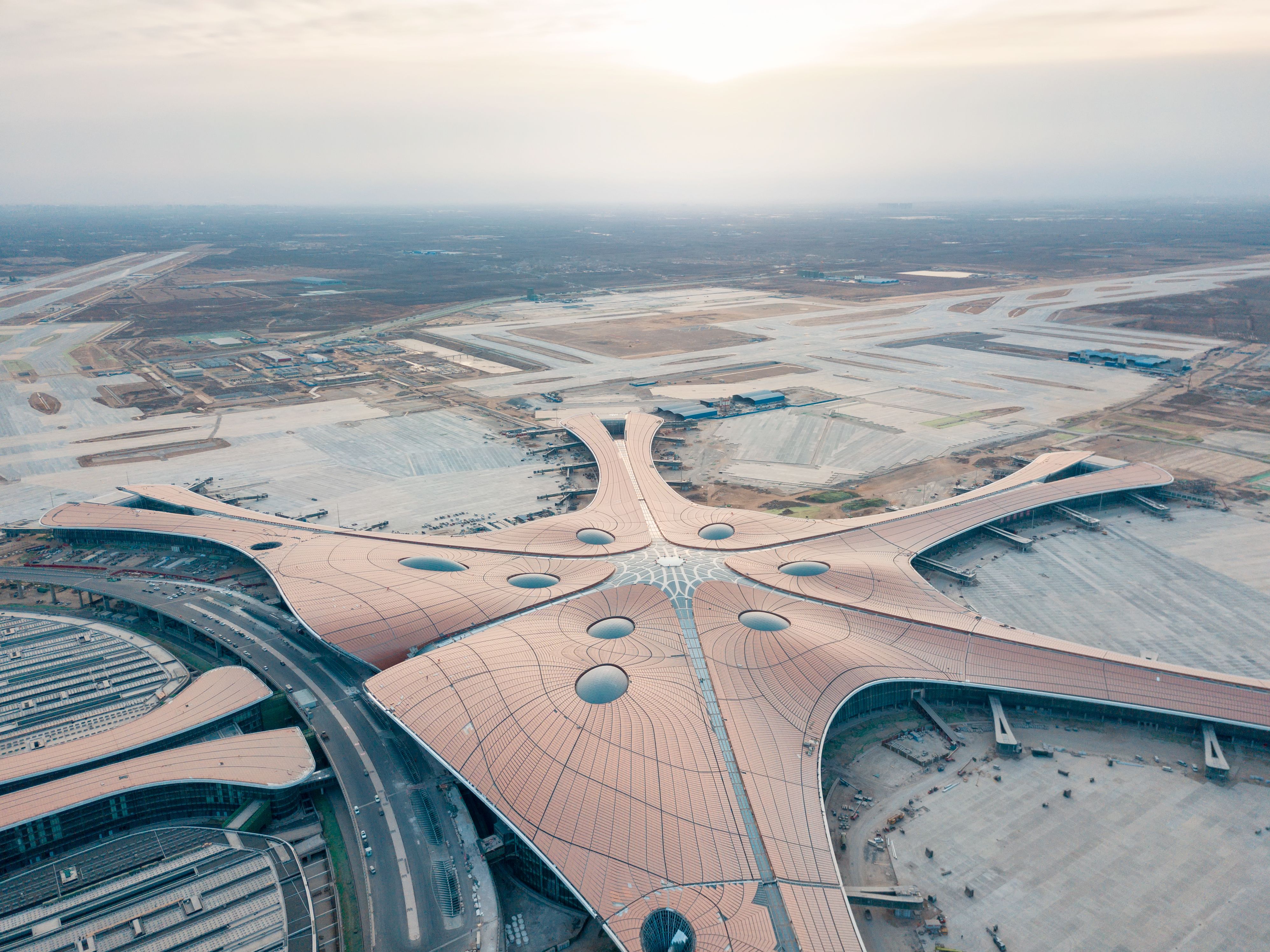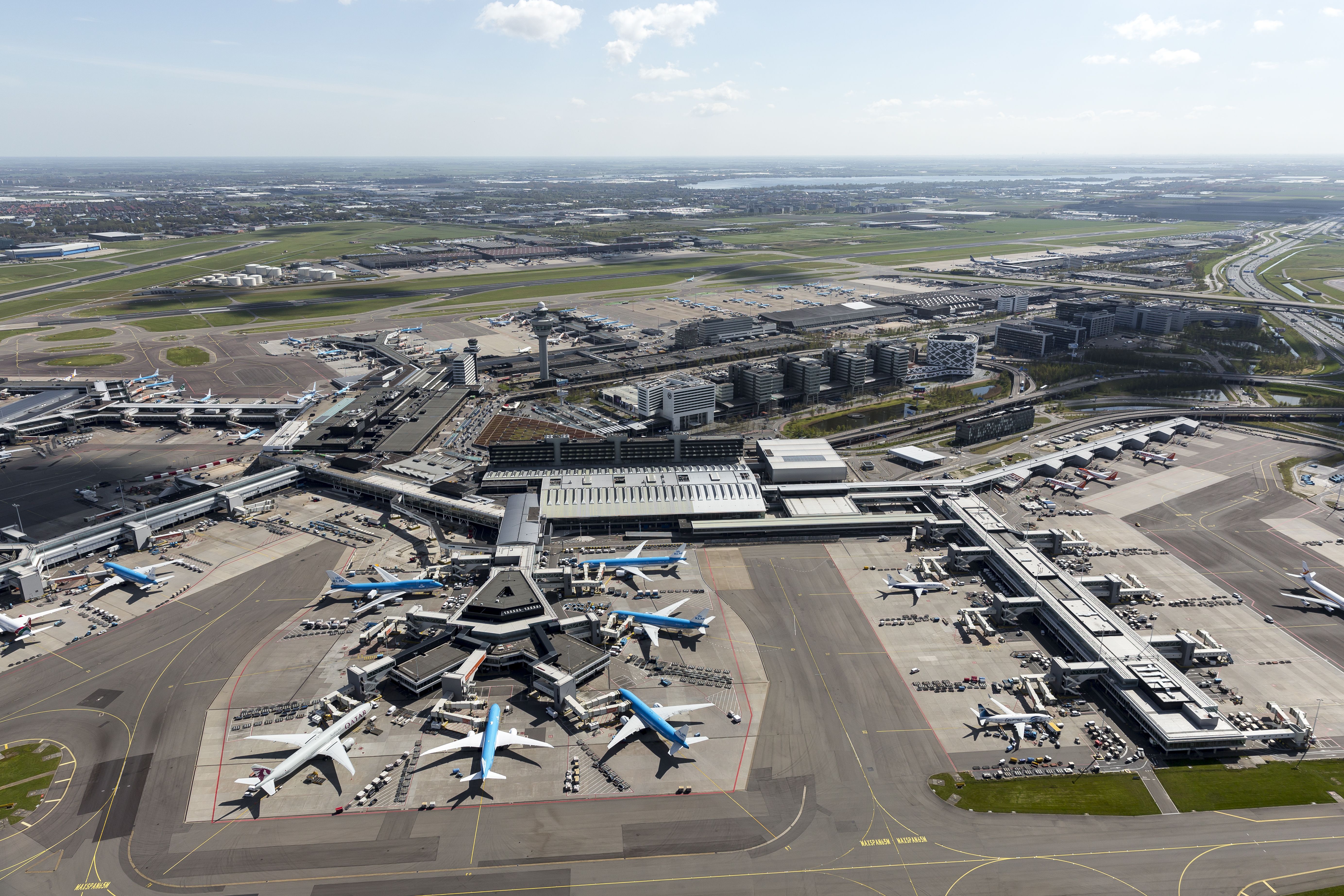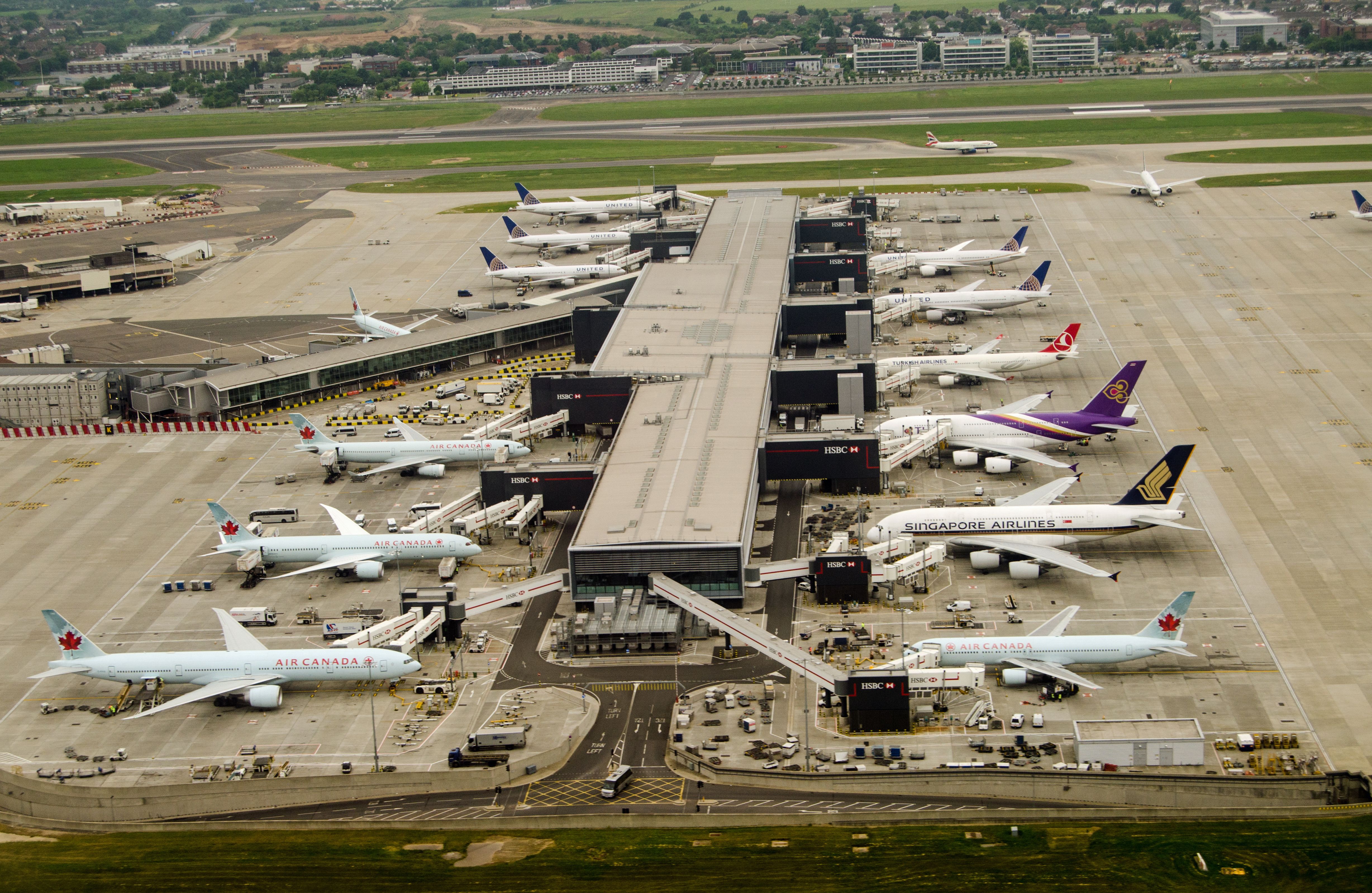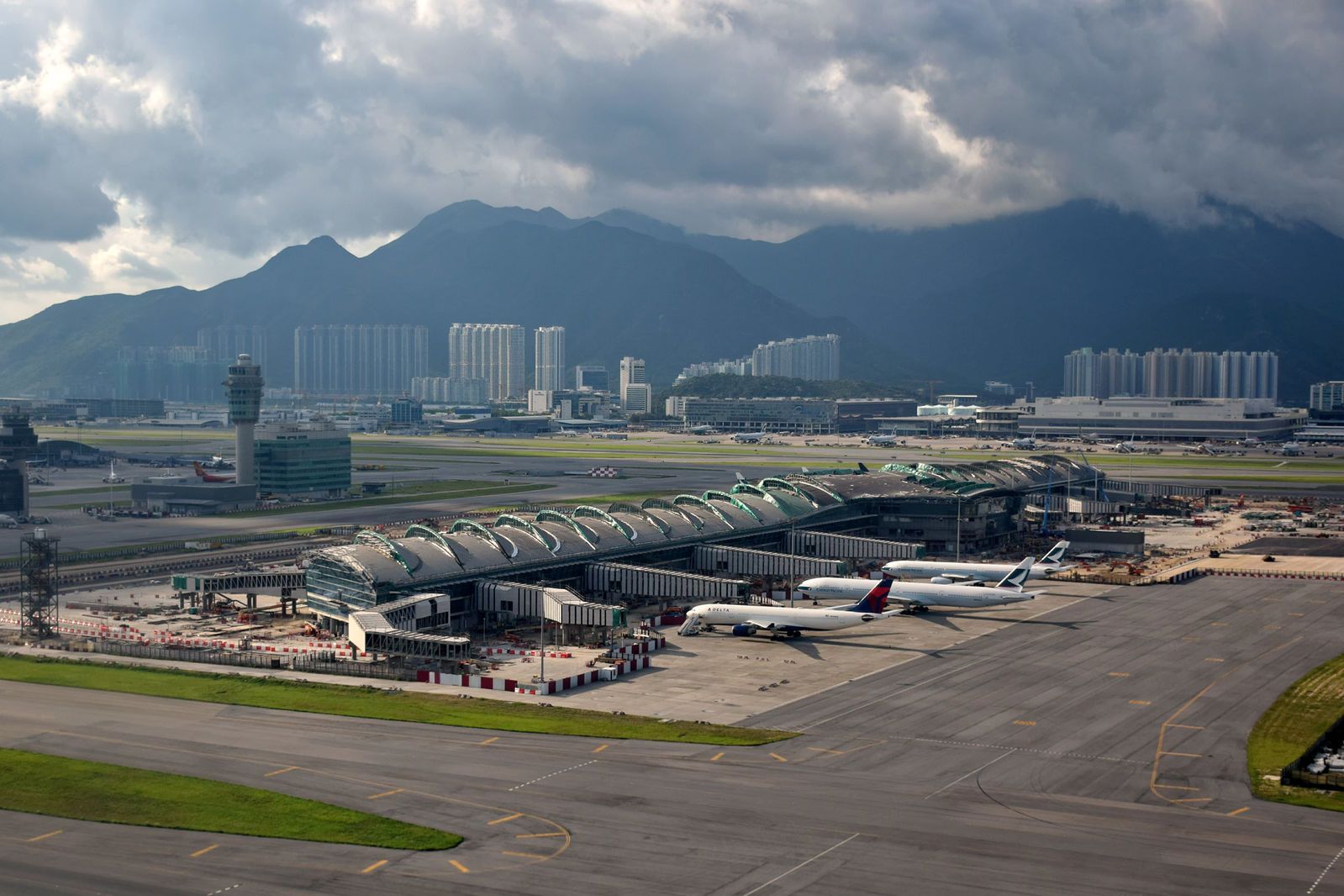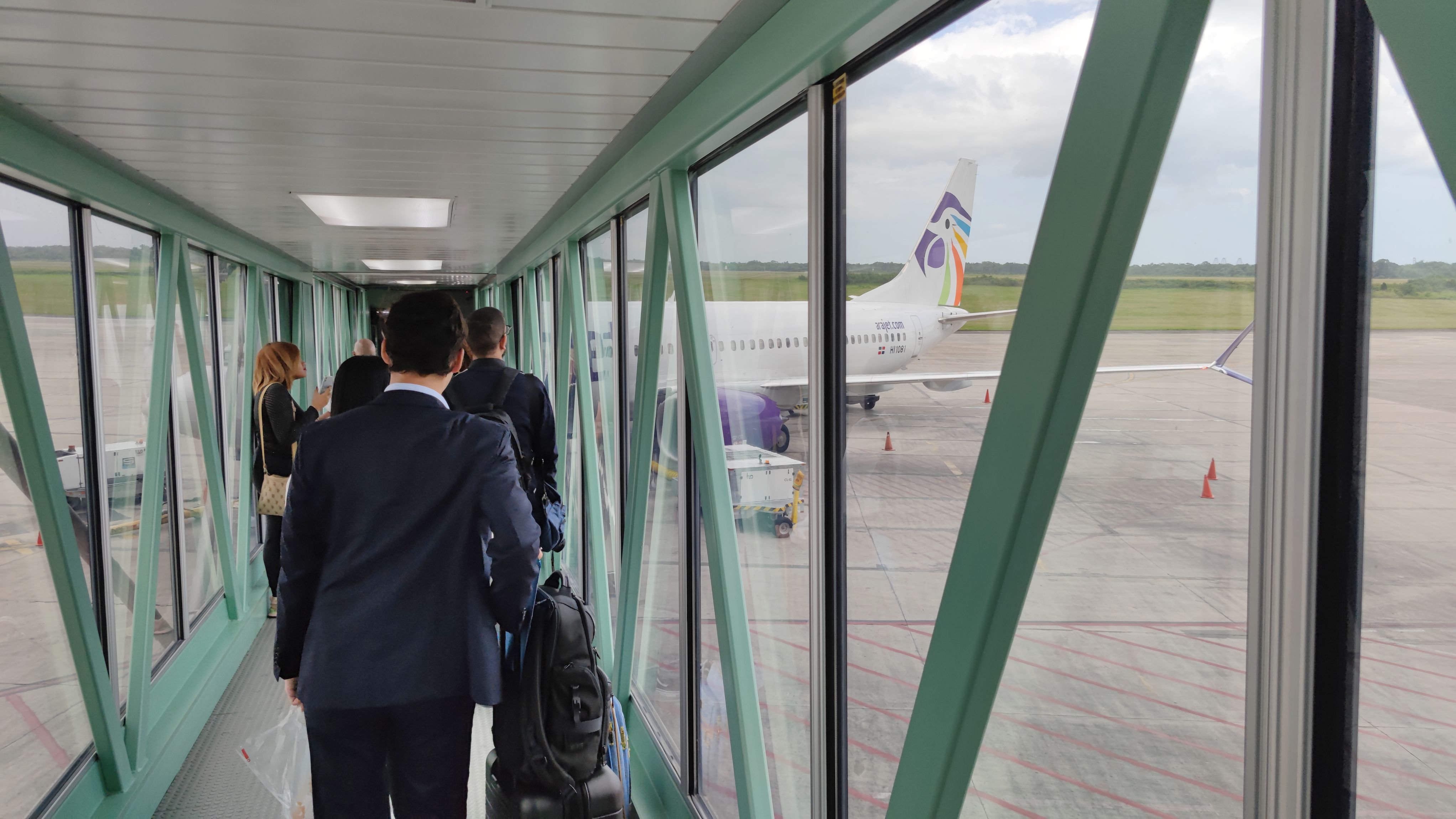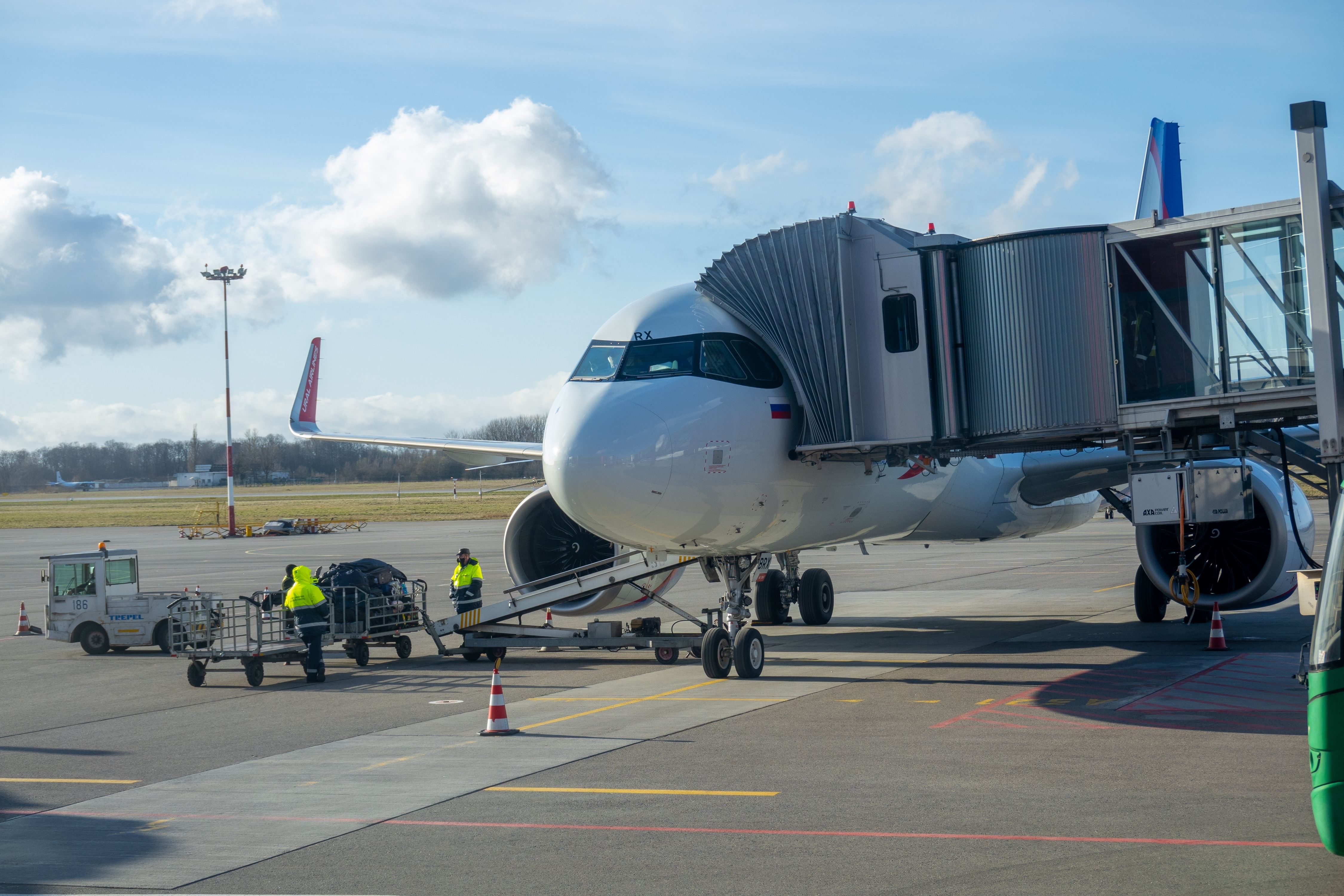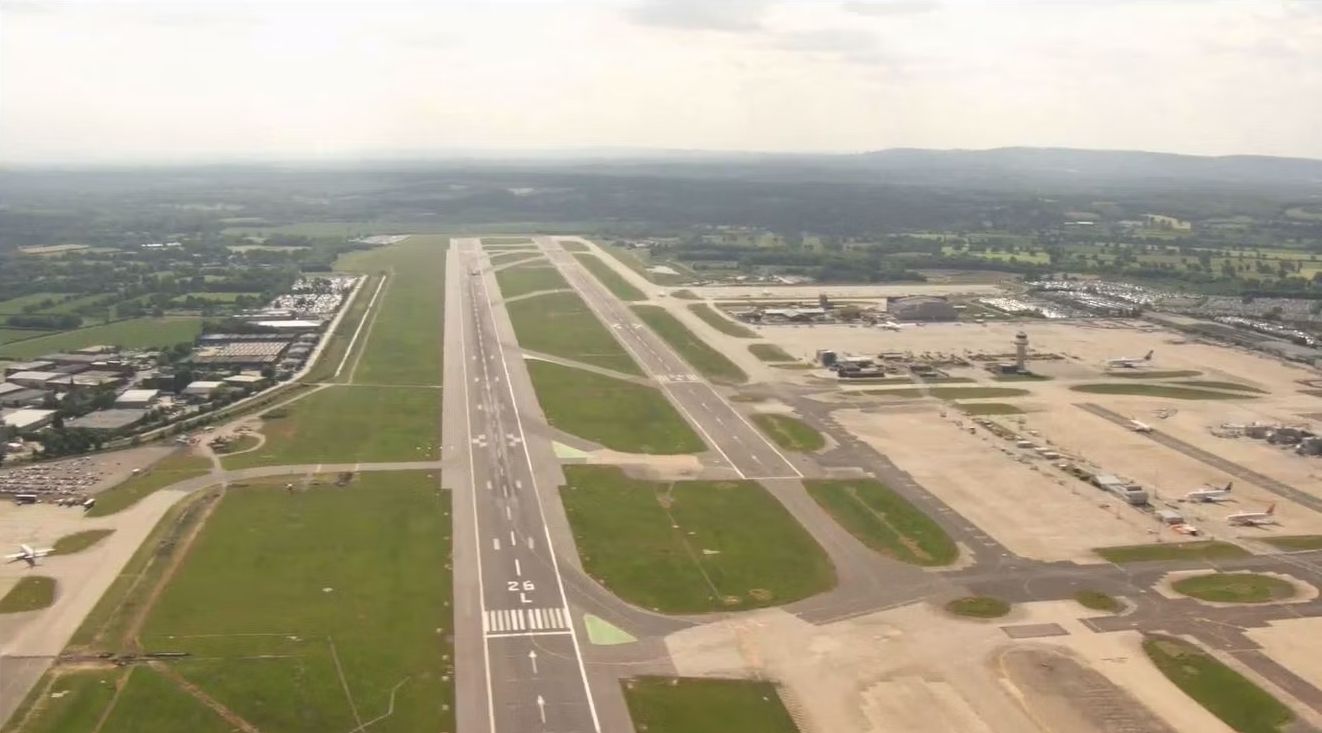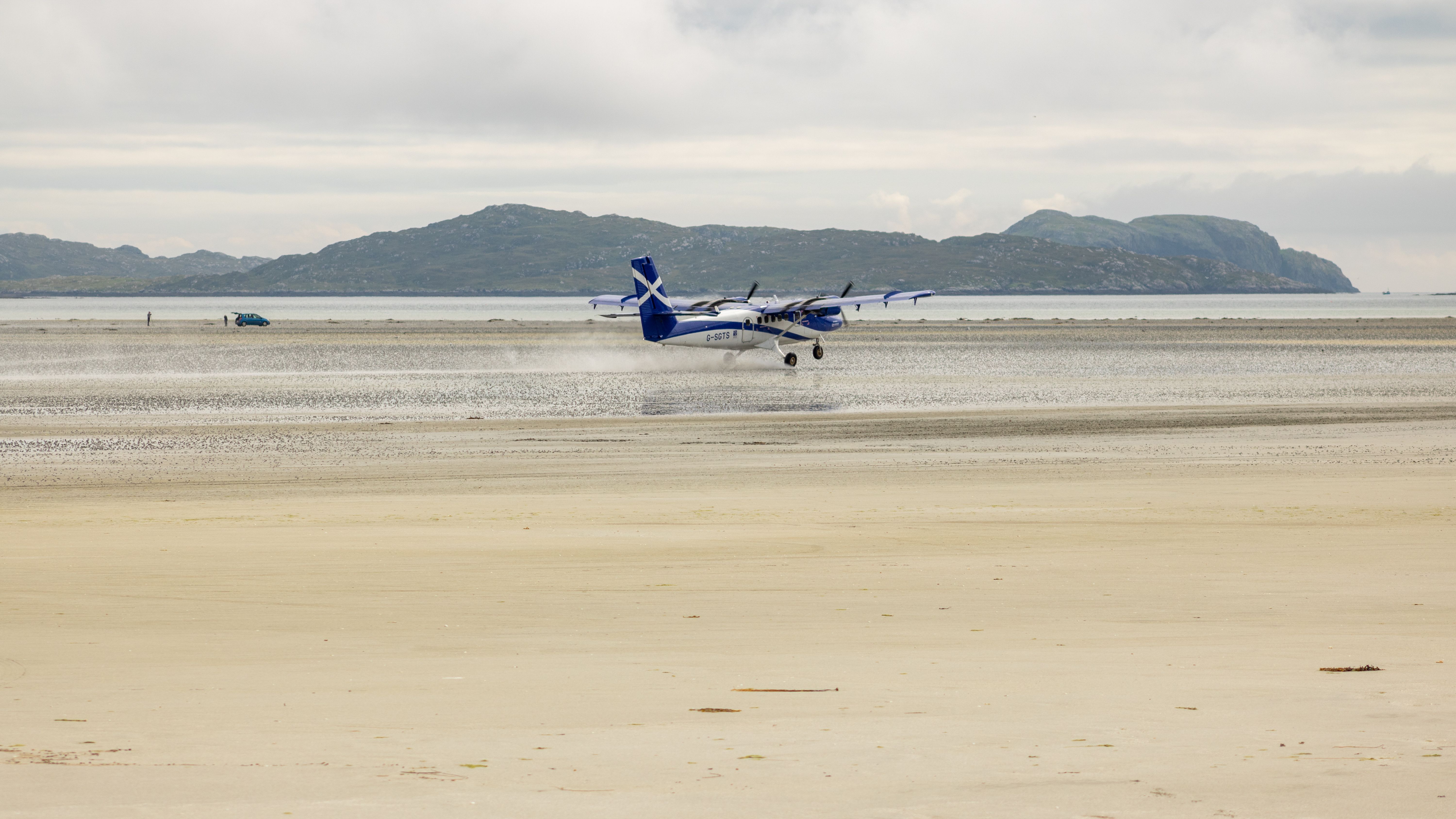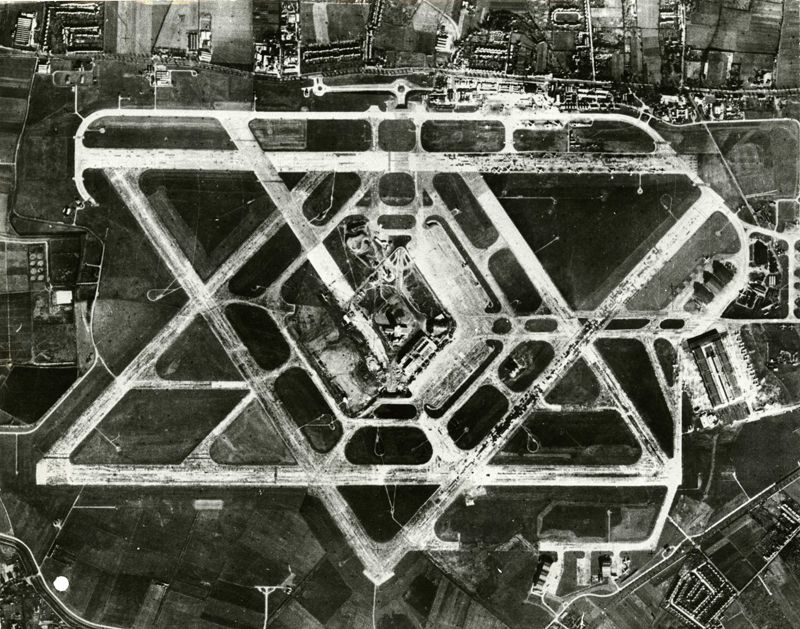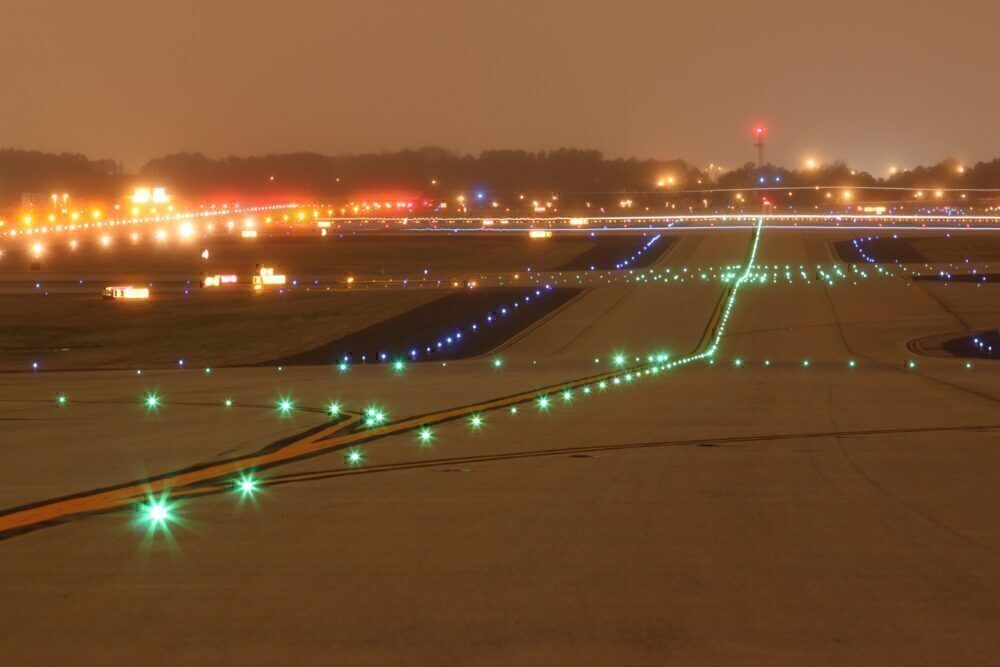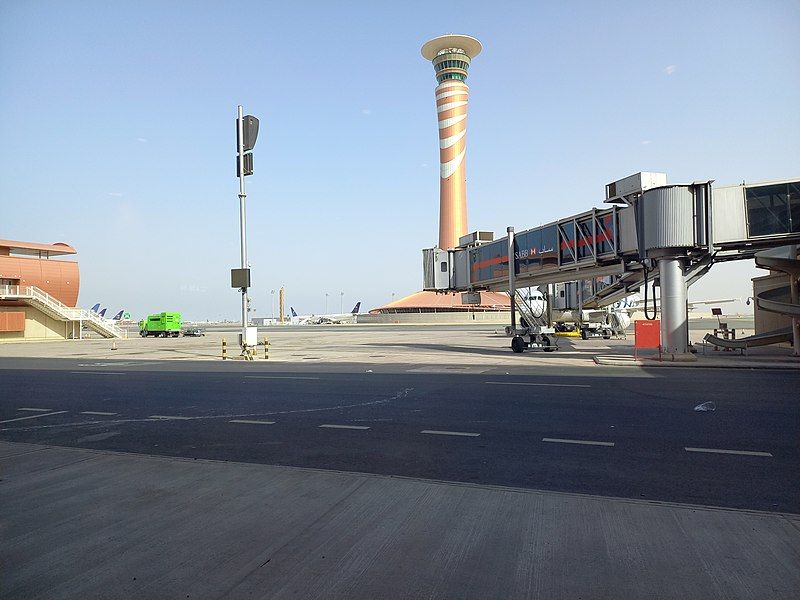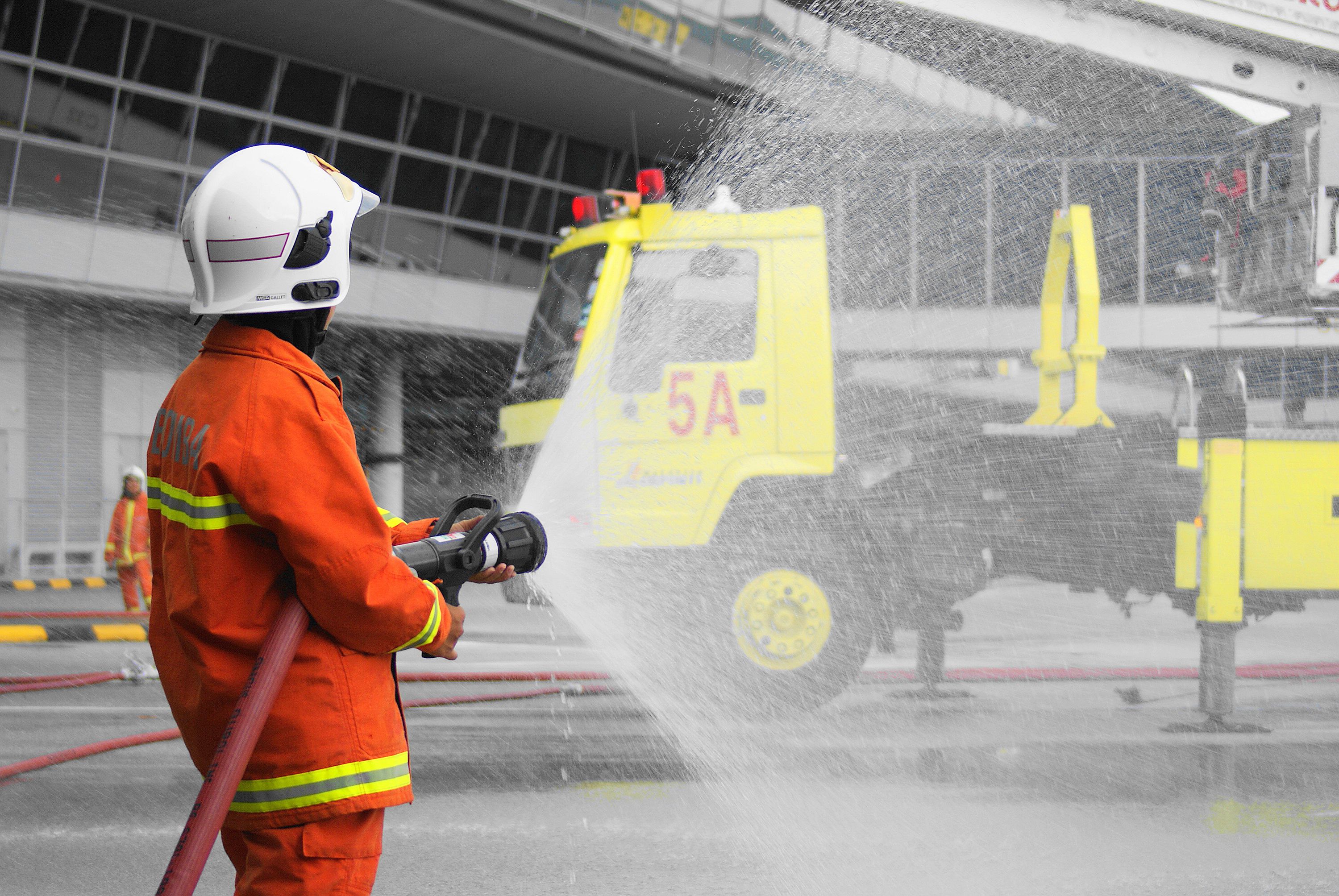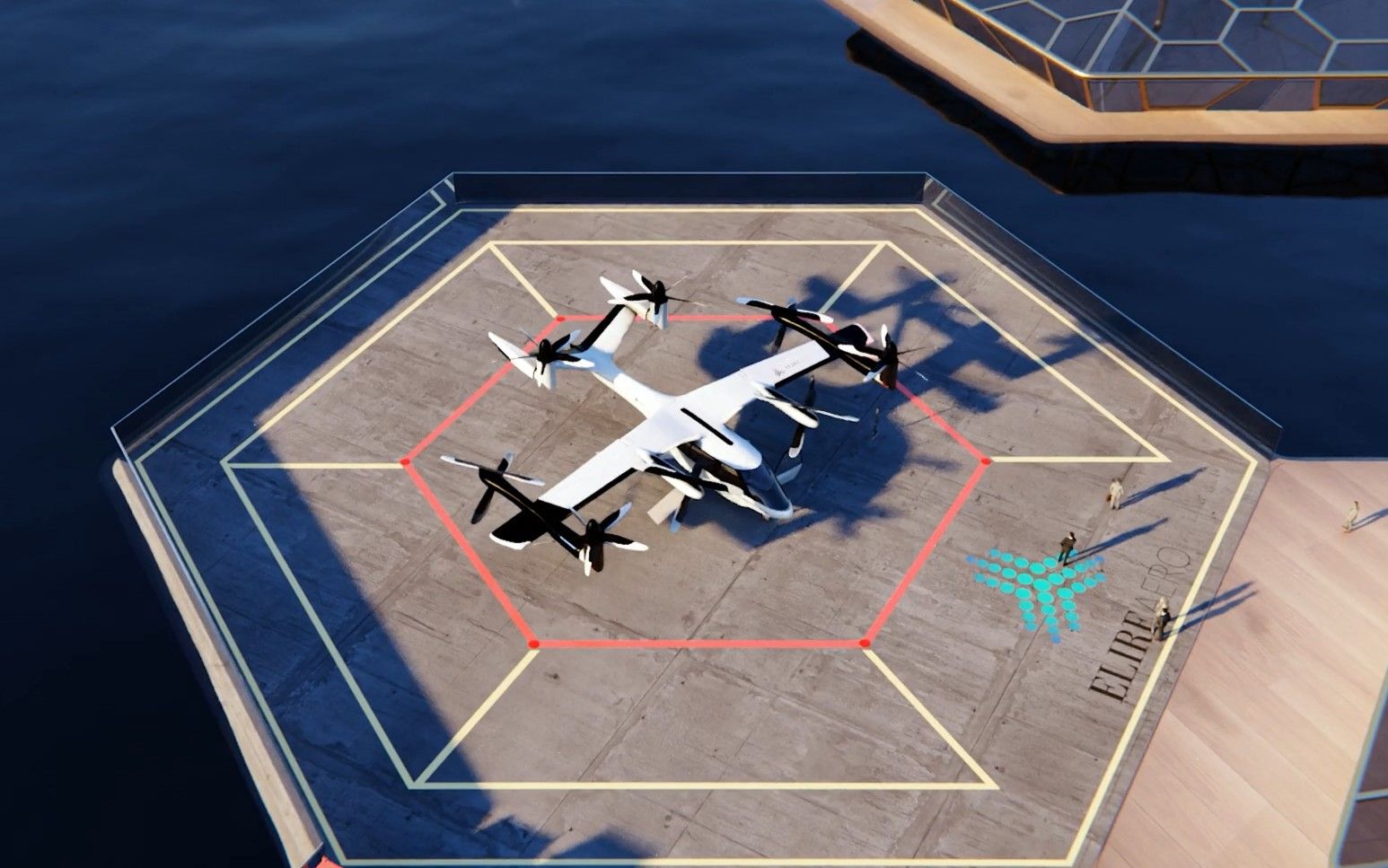Whether you have those 'Love Actually' like memories of meeting your loved ones at arrivals, you have spent hours in terminals snowed (or volcano-ashed) in, you are a frequent flyer or a once-a-year-hop-to-the-sun kind of air traveler, anyone who travels by plane has had some relationship to airports. If you are an aviation enthusiast, you may spend your time during a delay plane spotting at the window or marveling at the sheer scheduling complexity of ground support as vehicles buzz to and fro.But have you ever wondered about exactly how much goes on behind the scenes when it comes to keeping an airport running? It may arguably not be as exciting as the aircraft themselves, but without the expansive machinery that is airport infrastructure, we would hardly have commercial aviation as we know it today. Follow along for a tour of what needs to exist for airports to provide enough functional, safe, and affordable infrastructure for airlines and passengers alike, as we summarize some of the most important areas.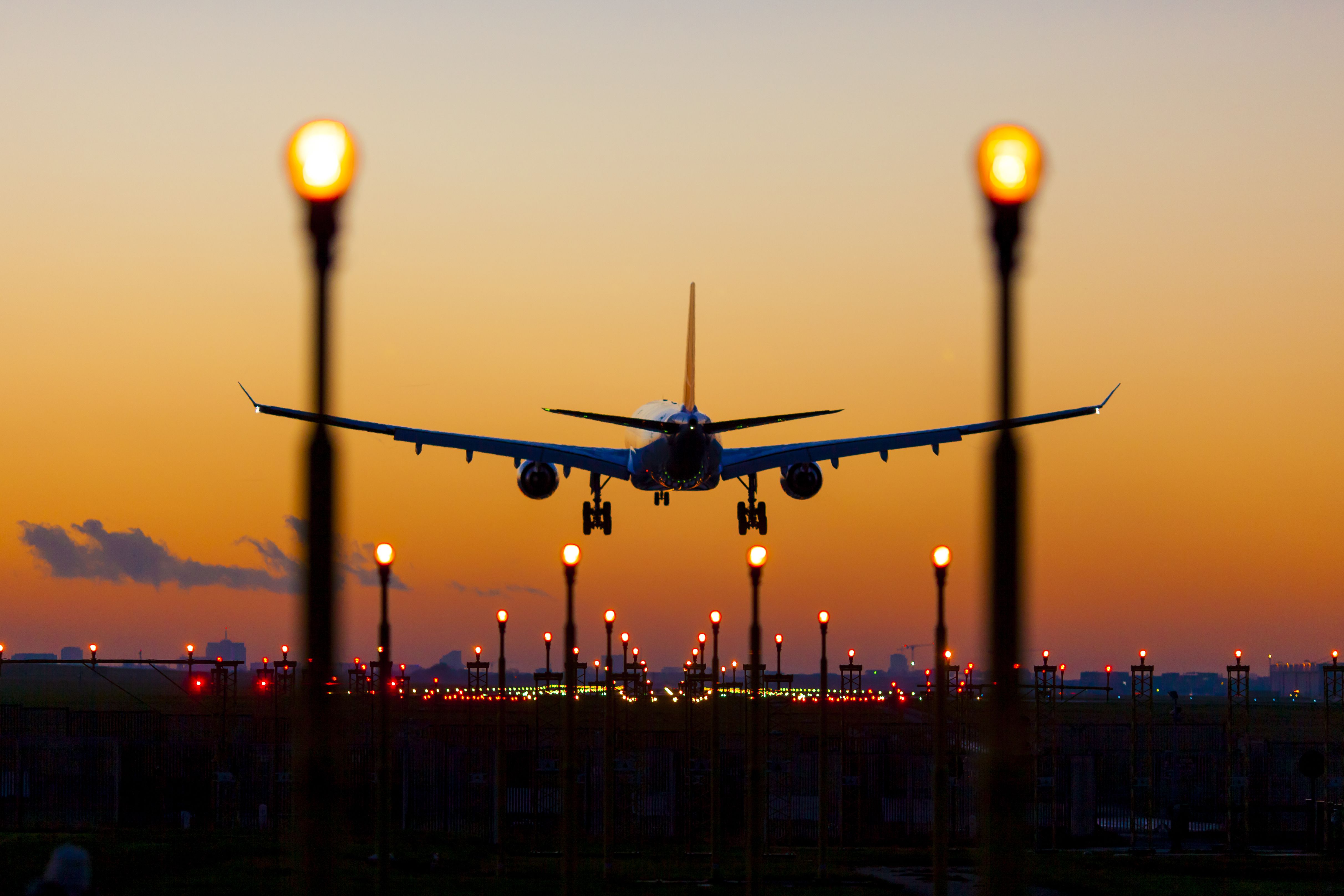
Ownership and management of airport infrastructure
Airport infrastructure covers a huge area and incorporates both hardware and more abstract systems. These run from the immediately visible and dominating passenger terminals with security and catering, to runways and air traffic control towers, to hidden but vital baggage systems, gate operations, and lighting systems, and organizational compositions such as management and financial responsibility.
Speaking of finances, as you might imagine, the upkeep and upgrading of airport infrastructure is a very expensive task. According to IATA, around $1.2 to $1.5 trillion will be spent on infrastructure developments between now and 2030. In 2021, a total of 159 airport projects broke ground worldwide, with a combined value of almost $110 billion.
As reported by Airport Technology, for all projects begun in that year, 59% were based on terminals, either expansions or new developments, totaling over $87 billion in investment combined. Two of the top ten most expensive projects are new constructions located in the Philippines, with investments of over $10 billion each. While most of the projects on the list are in Asia, San Diego's new terminal project made the list with $2.6 billion.
One of the first questions that come to mind when seeing such sums is who owns and pays for such infrastructure. Private or government ownership varies around the world. Government ownership is not surprising given how airports developed from military airfields, how expensive they are, and how critical they are to a region and country. Even in the case of private ownership, there is often significant government involvement.
Ownership in the US and Europe
In the US, almost all major airports are government-owned – usually by the local federal or city government. In New York, for example, JFK and La Guardia airports are owned by the City of New York. Newark is owned by the cities of Newark and Elizabeth.
Despite government ownership, some US airports are managed by other companies. For example, all three New York airports are managed by the Port Authority of New York and New Jersey (also a public company but receives no federal tax revenue).
Private ownership is more common in Europe. Many airports, including Copenhagen, Zurich, and Rome Fiumicino airports, are privately owned with a minority government stake. Others, including Amsterdam Schiphol, Paris CDG, Frankfurt, Munich, and Madrid-Barajas, are majority government-owned but with private investment.
Many of the UK’s airports are privately owned, following privatization by the government in 1987. British Airports Authority (BAA) went on to own Heathrow and six other UK airports. Since then, BAA has sold off other airports to increase competition, and now, as Heathrow Airport Holdings, owns and operates just London Heathrow.
Private ownership is often complex, though. Heathrow Airports Holdings is actually owned by a consortium known as FGP Topco Limited. This is made up of several companies, including the Spanish Infrastructure provider Ferrovial (with a 25% share), Qatar Investment Authority (20%), Canadian Institutional Investor Caisse de dépôt et placement du Québec (12.62%), the Government of Singapore (11%) and China Investment Corporation (10%). Not many passengers realize that as they use or transit Heathrow!
Regulation of airports
Whether they are owned and operated by the government or privately, government authorities regulate airports. This will include the appropriate aviation regulator and involve several other government bodies, given the complexity of infrastructure and operations. So in the UK, despite complex private ownership, airports will be regulated by the CAA and the UK Government.
Standards are set for many areas of infrastructure and airport operations by the International Civil Aviation Organization (ICAO). It is perhaps better known for its role in setting air navigation and air safety standards. However, it also sets comprehensive standards for ‘Aerodrome Design and Operations.’ (For those interested, these are published as Annex 14 of the ICAO Convention on International Civil Aviation).
These provide extensive standards for many areas of airport design, layout, and operation. As is the case with most aviation standards, it is then up to individual aviation regulators to adapt and enforce these as necessary.
The following is a quick look through each of the main infrastructure elements of airports today. We will look at some of the more interesting historical developments, current operations, and future plans, and some of the main ICAO standards followed. There is so much involved here; we can’t possibly discuss everything!
Airport terminal infrastructure
It is hard to know with airport infrastructure where to start. Each element is vital to the efficient and safe operation of an airport. You can’t land an aircraft without a runway, but the whole operation would quickly collapse if gates or baggage systems fail (as they sometimes do, to much chagrin of travelers everywhere). Terminals, though, are probably the most obvious and certainly the part that passengers experience the most, so we thought we'd take a look at them first.
Many of the very first airports operated without terminals, with passengers arriving and boarding the aircraft directly. Even the early days of London Heathrow as a commercial airport after the Second World War saw it operating passenger flights using just a few converted military tents. As traffic increased, though, terminal buildings were quickly constructed.
Designing the terminals
Given the rise in aviation from the 1930s, it's not surprising that many of the earliest terminals were grand art deco-style buildings. The original terminal at William P Hobby Airport, Houston, is a great example of this.
Newark has a similar gem, now hidden away. The 1935-built mail terminal (complete with an air traffic control ‘dome’ on top) is still there and used as an administration building by the Port Authority. Shoreham, the UK’s first commercial airport, near Brighton, still operates its original 1936 art deco main terminal.
Over the years, styles have changed. Solid, concrete-built terminals were the norm from the 1960s to 1980s. Today, more open, glass, and steel structures are common, and some buildings resemble futuristic sci-fi constructions. Some notable later designs include Beijing Daxing (image below) and Singapore Changi.
And with all the developments in the works, we are bound to see more groundbreaking designs as the century rolls on, taking into account concepts such as Advanced Air Mobility and accommodating aircraft shapes diverging from the tube-and-wing pencil-shaped fuselage.
Regardless of design features, the concept of the terminal has remained much the same. They are designed to offer a separate and well-organized flow of departing and arriving passengers. These days, this is usually achieved using different levels, connected by elevators and escalators.
Security and clearance areas are also much better designed and incorporated in modern terminals. Airport security (at least to the extent we see it today) is a relatively new concept, and reached its peak following the 9/11 terror attacks in New York and Washington, D.C. Terminals designed in the 1960s and 1970s have had to squeeze in new, extensive security facilities, which can often cause congestion (especially coupled with issues such as post-pandemic staff shortages).
Making room for the terminal
Airport use has expanded a huge amount over the decades. Between 1950 and 1970, during the dawn of the jet age, passenger traffic rose by 10% per year. Before the hit of COVID-19, annual figures reached 4.6 billion, growing from under 1 billion at the beginning of the 1980s, according to statistics from the International Energy Agency. And with that, increasing amounts of passenger space are needed.
Some airports have successfully managed to keep one terminal. This is generally much better for passengers and connecting flights, although it is hard to achieve in older airports with plenty of existing infrastructure.
One older airport that has managed this is Amsterdam Schiphol. This is one of the oldest airports in the world, founded in 1916 and starting commercial services (to London) in 1920. The infrastructure was mostly rebuilt after damage during the Second World War, but it has managed to keep one large terminal building (but with plenty of additions and separate departure areas).
Newer airports, such as Hong Kong’s Chep Lap Kok airport, which opened in 1998, have had the luxury of being designed and constructed with one large terminal building.
Many airports, though, have seen new terminals and extensions put in, as space, demand, and owner’s budgets allow. In a busy, working airport, this is not always easy. Such development leads to the multiple terminals, often located far apart, that we see at many large airports today.
London Heathrow is a good example of this. The first three terminals were built in the main central area. But as this filled and more capacity was needed, Terminals 4 and 5 were added in remote locations. Since then, earlier terminals have been renovated or closed, leading to confusing non-sequential terminal numbering today.
Love aviation history? Discover more of our stories here
Satellite terminals and remote stands
Despite adding more terminals, many airports still need more space for passengers and aircraft. One solution to this is the addition of satellite terminals. These much smaller structures can be added wherever there is space and connected to the main terminal by a walkway, transit, or bus. The main terminal will house most infrastructure and passenger facilities, with satellites free to offer just passenger space and gates.
Remote stands are simpler, often just a parking area created on available airport land, often with bus links to a terminal or satellite. At smaller airports, possibly served by regional jets with their own stairs, this may not be so much of an inconvenience. Many passengers also enjoy being outside and closer to the aircraft, an experience that the gate and jet bridge remove.
Many airports use satellite terminals. Hong Kong, for example, even with its newly designed terminal, soon was not large enough to meet pre-pandemic growth. A North Satellite building (connected by bus) was added in 2009, followed by a Midfield concourse (connected by an underground tunnel) in 2016.
London Heathrow does the same with Terminal 5, extending the main terminal through an underground link to two satellite terminals. And the future expansion plan for Heathrow sees more of this, with further satellites planned for Terminal 2.
Jet bridges
Jet bridges are a critical part of terminal infrastructure today, connecting the terminal directly to the aircraft. These obviously allow much faster boarding and turnaround for airlines and convenience for passengers. We take them for granted these days and often complain when we have to board an aircraft without one. But in the first few decades of terminal use, such luxuries did not exist.
The jet bridge was first seen in the late 1950s, with United Airlines installing them at New York JFK, Los Angeles, and San Francisco airports. Use soon expanded among US airlines and then globally. Their basic design and operation, with a series of telescopic sections and wheels to guide alignment and move the bridge out of the way, has changed very little.
Observant passengers may have noticed that jet bridges always connect to the left-hand side of an aircraft. This allows a guaranteed better vision for the aircraft captain and simpler and faster loading of cargo, galley items, and fuel from the right-hand side.
Technology has improved over the years, with more sophisticated and automated controls being introduced. Jet bridges have also been made larger and doubled up to handle newer widebody aircraft. Many airports have had to build new jet bridges and change gate areas to handle the Airbus A380. For example, London Heathrow spent £105 million ($143 million), adding a new pier in Terminal 3 to handle the A380's arrival in 2008.
According to Airbus, there are 140 small and large airports worldwide that can accommodate the superjumbo, and while some airlines have dropped it from their schedules, many have also brought it back following the return of global travel demand and need for capacity. Meanwhile, there are more factors than terminal buildings and jet bridges that determine where the A380 can fly.
Since 2018, automatic jet bridges have been introduced at a few airports. These use a range of sensors and cameras to align and dock with the aircraft automatically.
Baggage systems
To complete our look at the main terminal infrastructure, we should mention baggage systems. Getting bags from check-in to the aircraft, and, of course, off the plane and onto a baggage hall conveyor belt, is a huge undertaking at a busy airport and one that is largely hidden from view.
All large airports use some form of an automated Baggage Handling System. This takes tagged bags from check-in to a loading or storage area using an (often very large) system of conveyors and deflectors. Modern systems also incorporate baggage screening for customs and explosives detection. Take a look at this video to see the system at London Heathrow in action.
The basic operation of these is similar to when they were first conceived in the 1970s, but they have become much larger and more complex. More changes are underway today, including RFID tags instead of barcodes and trials of automated baggage carts and robotic luggage loading systems.
Runways, taxiways, and apron area
Airport Runways
In the early days of aviation, aerodromes operated with just grass strips. But as the weight and speed of aircraft increased, a more solid surface was needed. Runways today are mostly made of concrete, asphalt, or a combination of both. And the surface is usually grooved to increase friction when the surface is wet.
Of course, not all runways are like this. The International Civil Aviation Organization defines a runway as “a defined rectangular area on a land aerodrome prepared for the landing and take-off of aircraft.” There are plenty of smaller airports that operate with different surfaces. Barra airport in Scotland operates from a beach runway, for example, and landing and takeoff slots are dependent on the coming and going off the tide.
In Canada and Alaska, there are many airports with gravel runways. Antarctica has ice runways that require specific training for pilots to land on (crews also have to undergo Arctic survival training should anything go wrong.)
Runways vary a great deal in length. There are no regulated lengths, but obviously, they must be long enough to handle desired aircraft types. Lengthening runways to allow increased operations happens but is complicated, with loading considerations often built into the foundations.
The world’s longest runway is located at 4,400 meters above sea level at Qamdo Bamda Airport in Tibet and measures 5,500 meters. The shortest, at just 400 meters, is at Juancho E. Yrausquin Airport on the island of Saba in the Caribbean.
Orientation and numbering
Aircraft should, as much as possible, take off and land into the wind. Runway orientation is important for this. In the past, it was more common to have multiple runways at different orientations to facilitate this, and many airports still do. Many though maintain principal runways orientated according to prevailing winds at that location (this is more often east-west, but there are alternatives).
Runways are numbered based on the magnetic bearing in which it is orientated, rounded to the nearest 10 degrees to give a number between 01 and 36. Parallel runways will use 'L' and 'R,' and 'C' in the case of three parallel runways.
Interestingly, these numbers do change. As the Earth’s magnetic field is continuously shifting, updates have to be made. For example, Geneva airport did this in 2018, renaming runway 23 and 05 to 22 and 04 due to the shift of magnetic north.
Signage and markings
Runways, taxiways, and the apron area use a comprehensive system of signs and markings to aid aircraft movement. ICAO sets extensive standards for these.
These start with standards for the runway surface. The markings and lines aircraft see on approach to the runway are carefully defined, including:
- The runway threshold is first marked with a series of parallel white lines. The number of lines corresponds to the width of the runway.
- The numbers that define the orientation follow this, with prescribed size and style.
- A white center line runs the full length of the runway.
- Touchdown zones are marked with pairs of rectangular markings. There are between one and six pairs of markings, depending on the remaining landing distance available.
- An aiming point is often marked with large thick white bars.
There are a few differences in some locations. For example, some countries do not mark distanced touchdown zones. And at some airports (including parts of Scandinavia and Japan), markings are yellow instead of white to make them more visible in snow conditions.
Once on the ground, there are a variety of signs to guide aircraft. These, too, all follow extensive ICAO standards. A full discussion of all the different signs is beyond our scope here, but a few to look out for include:
- Black signs with yellow letters designate an active taxiway. Taxiways are denoted by letters, not numbers.
- Yellow signs with black letters/numbers and arrows are directional, indicating the routes to a taxiway or runway.
- Red signs indicate the runway threshold.
Airfield lighting
As with ground markings and signs, ICAO standards are followed for navigation lights. Standards are set for approach navigation lights, as well as runway and taxiway identification lights. There are also recommendations for light exclusion zones around the airfield, an important consideration to avoid misleading indications to pilots.
Other major airfield infrastructure
Air traffic control tower
The air traffic control tower is likely the most distinctive feature of an airport, as it towers about an otherwise very flat airport area.
Early ‘towers’ were, of course, much simpler. Smaller airfields did not need such tall structures. The first dedicated control tower was installed at Croydon Airport in London in 1920. This was a 15 feet high building with windows on all four sides.
Speaking at the time of its 100th anniversary, Ian Walker, from Historic Croydon Airport Trust, explained its early significance to ITV,
“In 1920, there was no blueprint for what air traffic control, or even an airport, should look like, so it fell to those early pioneers to develop, test and implement the ideas that would enable air travel to grow safely. Airfields before this had radio offices and aerial lighthouses, but nothing with the explicit intent of providing technical air traffic services to aircraft.”
Towers at major airports today differ significantly in design and style. But most share one feature – they are tall! The tallest is at Jeddah King Abdulaziz international airport in Saudi Arabia, reaching an impressive 136 meters high. It is closely followed by Kuala Lumpur West Tower at 133 meters and Bangkok Suvarnabhumi at 132 meters. The tallest operational tower in the US is at Atlanta Hartsfield-Jackson airport, some 121 meters tall. In Europe, the record is held by Vienna Airport, the tower of which stretches 109 meters high, whereas the tallest in Africa sits at Cairo International Airport and reaches 110 meters.
Upgrading the tower
Technology has obviously made a huge difference to ATC operations over the decades. And there is plenty under development here. Both the US and Europe have projects in place to modernize ATC practices, navigation, and communication (but let's not get into the Single European Sky).
Perhaps most relevant from the airport infrastructure point of view is the introduction of remote ATC. This change control to screen-based rather than visual. With such a switch, the physical control can then take place from anywhere - in theory. And a single location could control multiple airports, similar to how country airspace is controlled.
The world’s first new airport with fully remote ATC control opened in late 2019. Scandinavian Mountains Airport (IATA code SCR) has no tower facilities, with video control operating from Sundsvall, around 350 kilometers away.
So far, such technology is only viewed as practical at small, low-volume airports. Regulation is being introduced worldwide to govern it, but we are some time away from seeing it take over at major airports and eliminate the tower.
The long history and basic safety of a visual overview may be hard to change, but remote towers offer many advantages. They are cheaper, more efficient to operate, improve redundancy, and offer potential enhancements of improved vision and technology aids.
Steve Anderson, head of airport transformation at UK NATS, how this view is being challenged,
“Yes there are clear benefits for smaller airfields, absolutely. Economies of scale, the ability to control multiple airports from one location, that's all true, but I think it's a total misconception that digital towers are only suitable for airports of low complexity and low ATM volume. Frankly, that's just lazy thinking.”
Fire stations and safety equipment
ICAO also sets out comprehensive international safety guidelines for airports. Again, these are adapted as necessary by local aviation regulators. Airports are categorized according to the maximum aircraft size that operates. Requirements are then set for firefighting equipment and services that should be provided.
In terms of infrastructure, airport fire stations must be present, and they need to be large enough to accommodate the minimum equipment and optimally located to achieve the required response times.
ICAO requires a response time of fewer than three minutes from the fire station to any point on the operational runway. There is also a recommendation that this should be two minutes to the runway and three to any point within the airport boundary. The airport fire station should be situated in a location that permits this, with further satellite fire stations added if required. London Heathrow, for example, has two fire stations.
The future of airport infrastructure
While we could not look at all the areas of airport operations, there are, of course, many more avenues to explore. Fueling infrastructure, ground support equipment management, catering services, customs and security, the list goes on. And we will most certainly see significant shifts as the aviation industry moves toward decarbonization and all that it will entail with novel propulsion systems.
Some potentials include hydrogen fueling systems, charging stations for electric aircraft and batteries, eVTOL vertiport areas, circular waste management systems, sustainable building materials, renewable energy, and climatization technology to keep temperatures down. Have a look at these concepts dreamt up by students for NASA and feel inspired for what might come next. Given the history of the airport (and, indeed, civilization) thus far, the only certainty is change.
There is a lot to cover with airport infrastructure, and this is very much just an overview of the main areas. Feel free to share any more thoughts or details about the topic in the comments. What else would you like to know more about?

